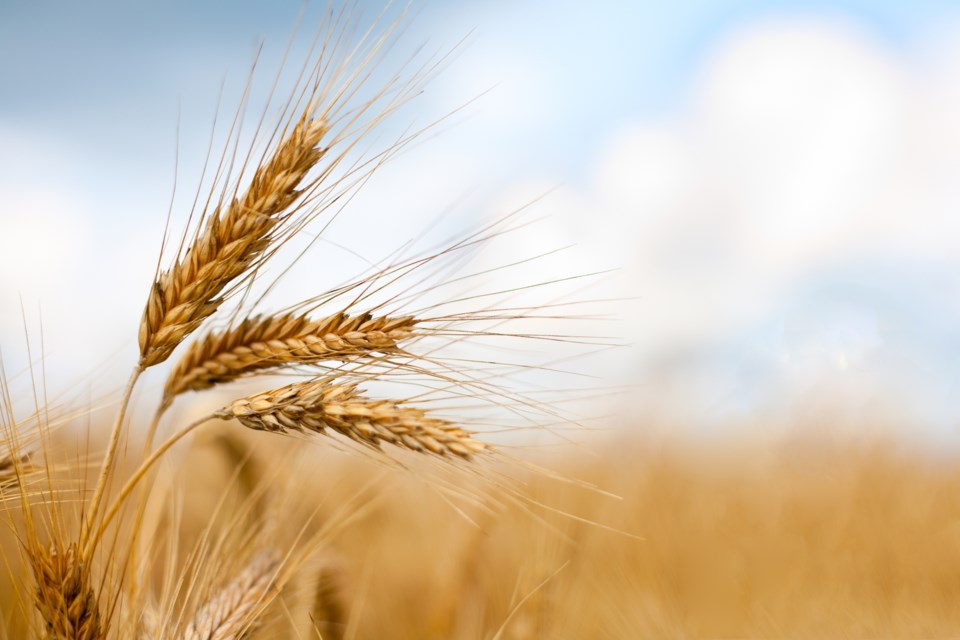SASKATOON — Dr. Digvir Jayas is on a mission to stop grain spoilage. The researcher has been helping farmers and grain managers reduce spoilage losses for 40 years. He recently published a new study that used the Canadian Light Source at the University Saskatchewan to peer inside grains themselves, looking for the signs of spoilage and resistance.
Spoiled grain represents a huge pool of potential food that could help feed a growing global population. Spoilage rates vary greatly between grains and storage conditions, from as low as 1% of stored grain lost up to 50%.
Video: Fighting food waste
“So, if you took an average of 20% loss, that would mean 640 million tonnes of grain is 小蓝视频 lost globally on an annual basis,” says Jayas, who conducted the research while he was in the Department of Biosystems Engineering (Price Faculty of Engineering) at the University of Manitoba. “We could feed 1.5 billion people by preventing that loss through spoilage.”
To understand how the grain itself can be bred, and specific varieties selected to maximize storage potential, his team focused on hard durum wheat, which spoils less easily than soft wheats.
“The CLS has such a unique capability to look at the composition of materials at a nano or micro level. When grain spoils, there are unique changes occurring in the grain, and we were able to look at those changes.”
Three varieties of durum were stored for five weeks and monitored for spoilage, and the team used the synchrotron to examine samples taken from the stored grain to get a deeper look. The CLS enabled them to study not only the external markers of spoilage, but the internal changes in structure and nutritional value.
, published in the journal Heliyon, shows that of the three varieties tested, AAC Stronghold wheat held on to nutritional properties much better than the comparison varieties.
The team plans to continue to use the synchrotron to study spoilage in other types of grains. The work will help plant breeders develop better varieties that resist spoilage and maintain nutritional content longer, and help guide farmers and storage managers maintain the longevity of harvested wheat.
— Submitted by USask Media Relations
Keep your news a touch away by bookmarking The News-Optimist homepage at this link.




